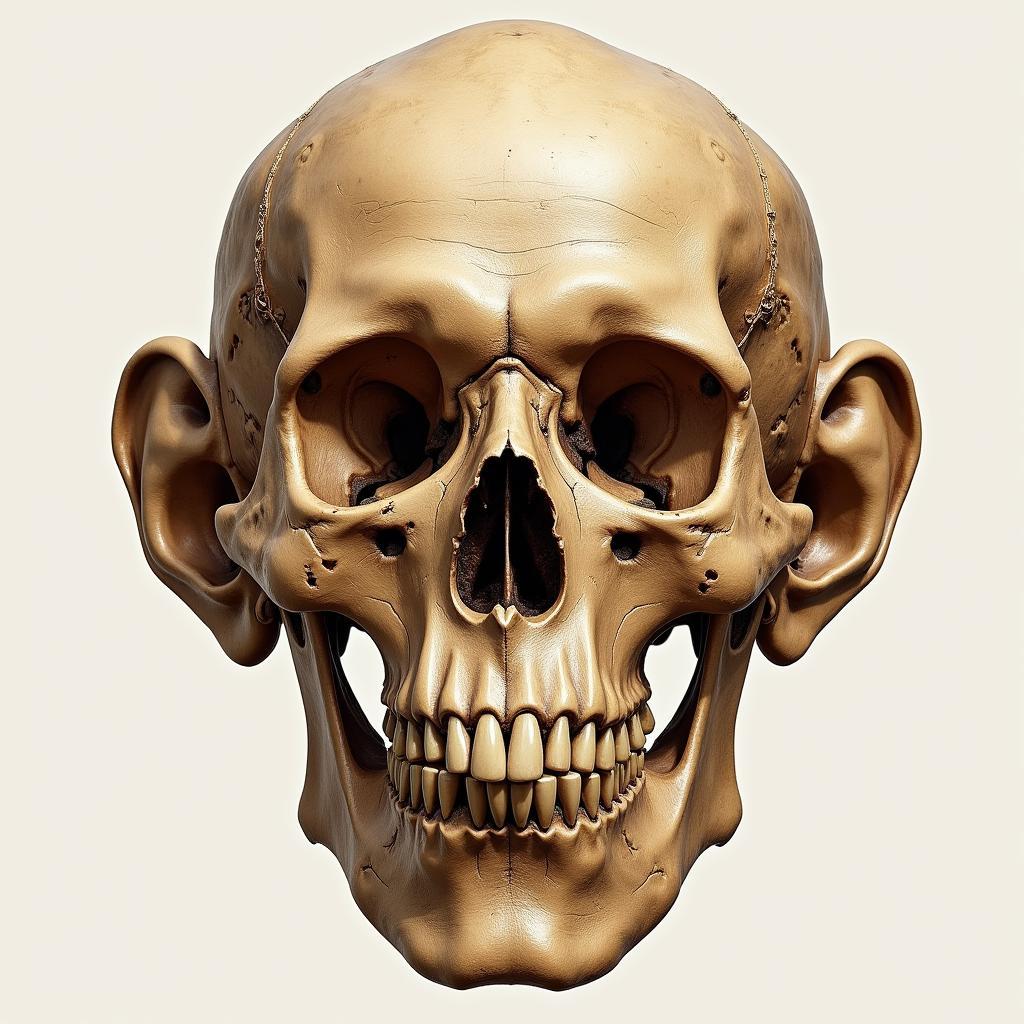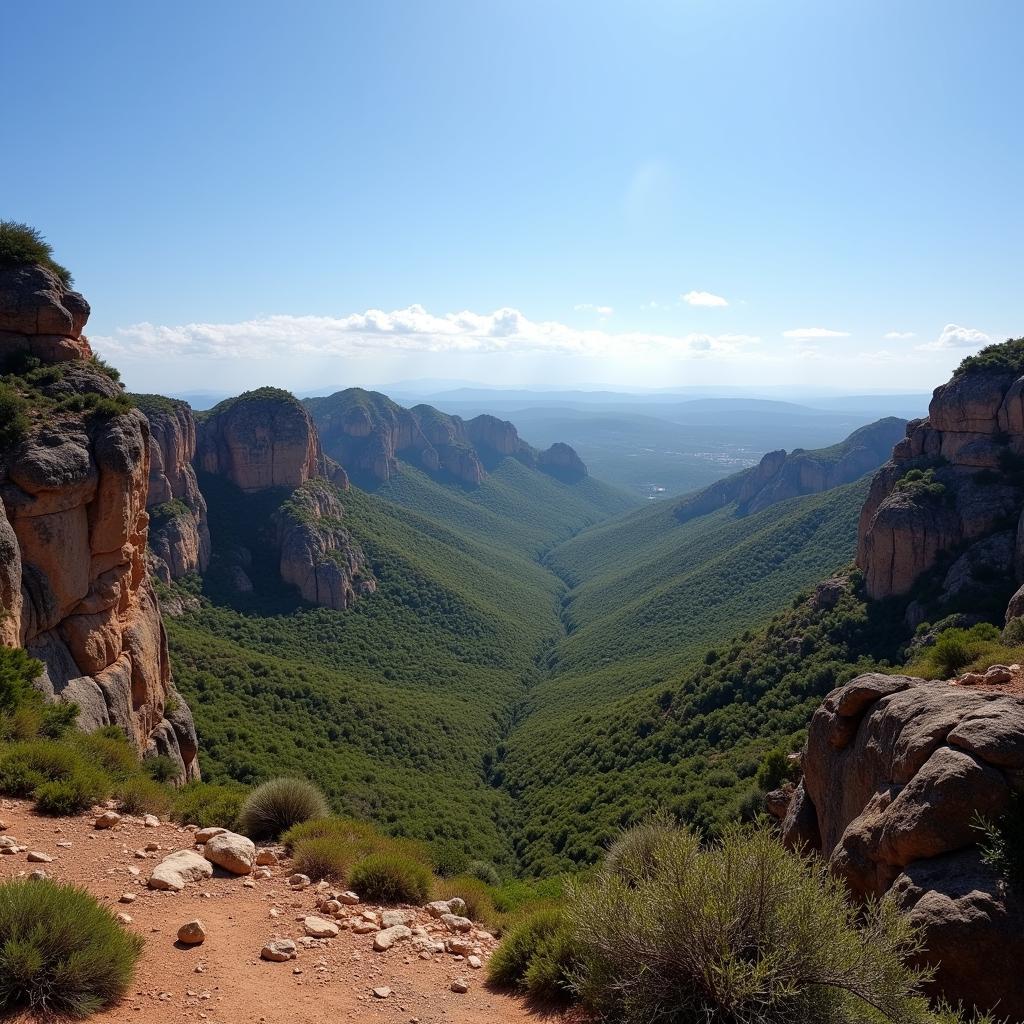Imagine stepping back in time, hundreds of thousands of years ago, to a period when Spain was inhabited by a distant human ancestor – Homo Rhodesiensis. While this might sound like a scene from a science fiction movie, it’s a fascinating chapter of human evolution that unfolded right here, in the heart of Spain.
 Homo rhodesiensis Skull Reconstruction
Homo rhodesiensis Skull Reconstruction
Homo rhodesiensis, sometimes referred to as “Rhodesian Man,” represents a crucial link in our understanding of human ancestry. While discoveries of this archaic hominin are predominantly associated with Africa, particularly the Broken Hill skull found in Zambia, Spain holds a unique position in unraveling the story of Homo rhodesiensis and its potential connection to the Neanderthals who later populated Europe.
The Atapuerca Mountains, a UNESCO World Heritage Site near Burgos, Spain, have emerged as a goldmine of prehistoric information. Within the depths of Sima de los Huesos (Pit of Bones), researchers unearthed a treasure trove of fossils, including the remains of numerous Homo heidelbergensis individuals, a species considered ancestral to both Neanderthals and potentially, Homo rhodesiensis.
These findings have ignited debate and fueled research into the complex relationships between these early human species. Some scientists propose that certain characteristics observed in the Atapuerca fossils suggest a closer evolutionary link between Homo heidelbergensis found in Spain and Homo rhodesiensis, rather than with Neanderthals. This challenges the conventional narrative of human migration and evolution within Europe.
Further analysis of the Atapuerca fossils, using advanced dating techniques and genetic studies, may hold the key to understanding the place of Homo rhodesiensis in our family tree. Did Homo rhodesiensis contribute to the Neanderthal lineage, or did they represent a distinct branch that eventually died out?
 Atapuerca Mountains Landscape
Atapuerca Mountains Landscape
While the story of Homo rhodesiensis in Spain is still being written, the discoveries at Atapuerca have undeniably placed Spain at the forefront of paleoanthropological research. A visit to the Atapuerca sites and the Museum of Human Evolution in Burgos provides a captivating glimpse into our shared past and the enduring mysteries of human origins.